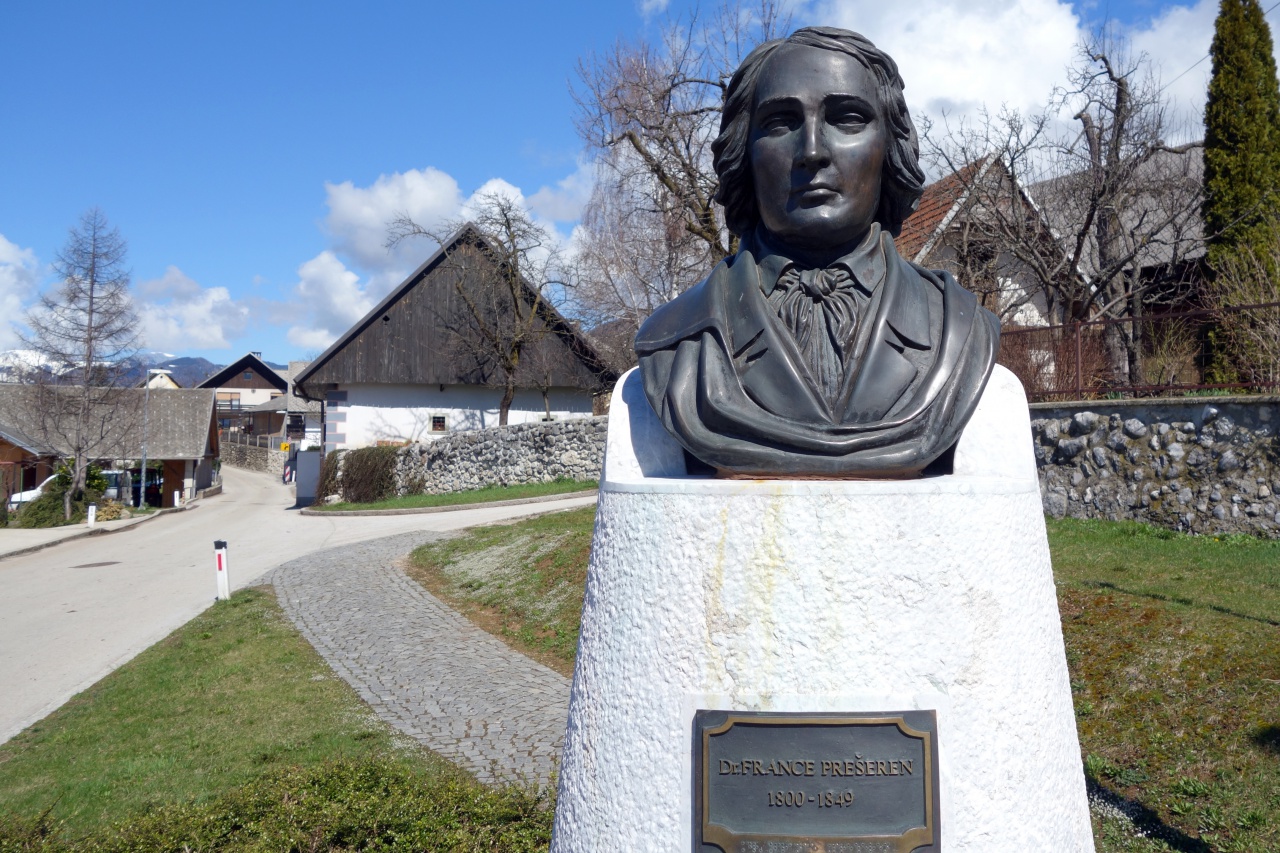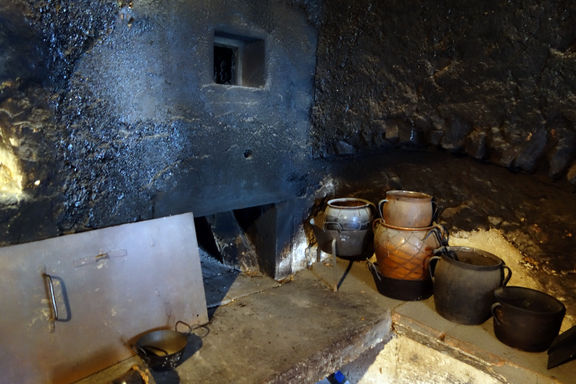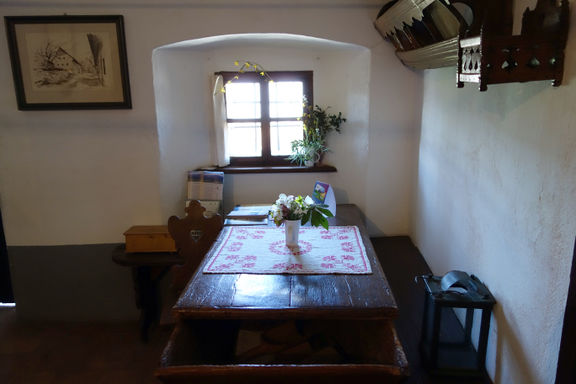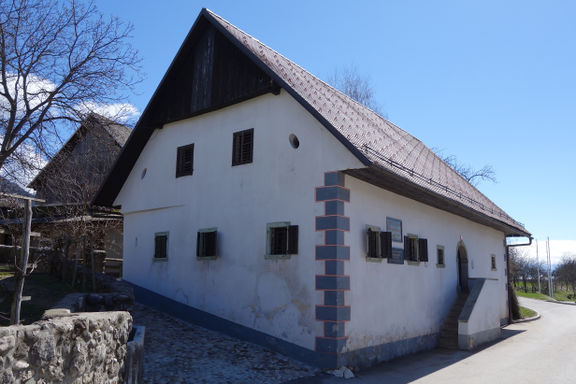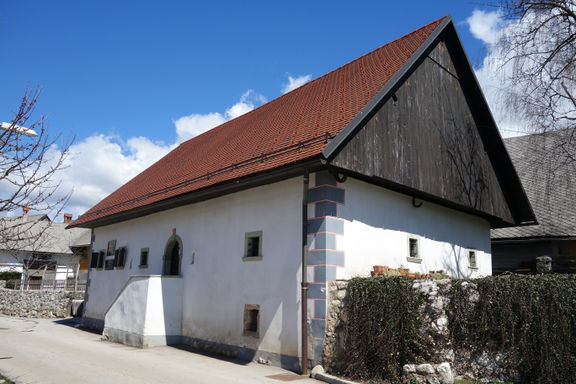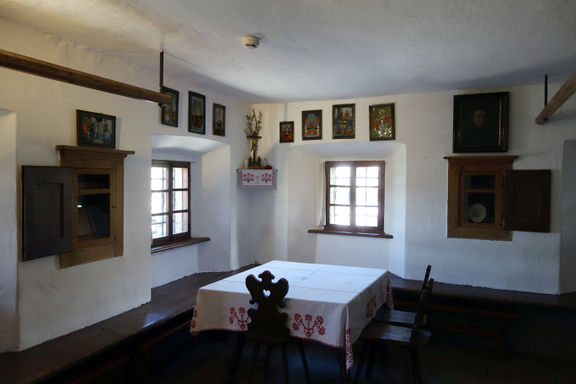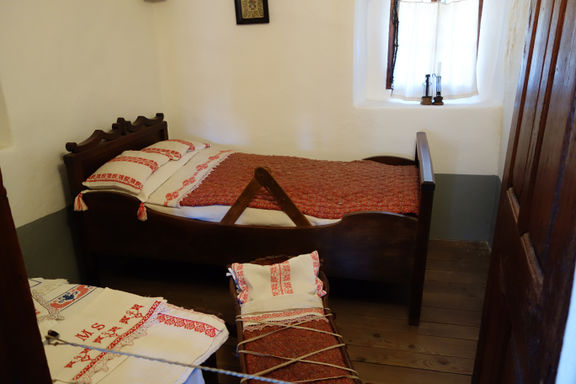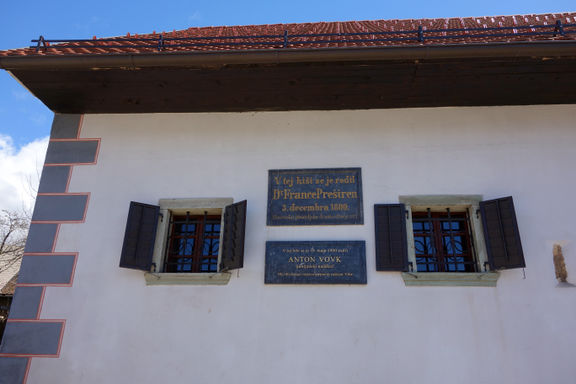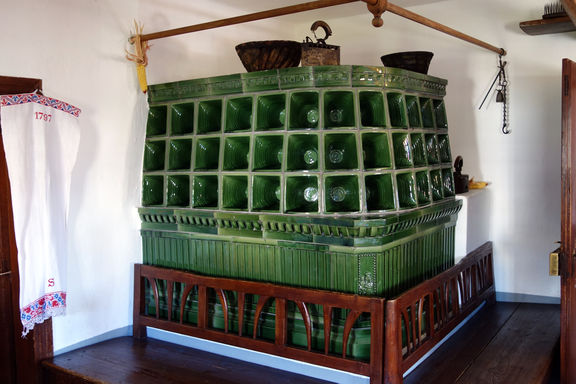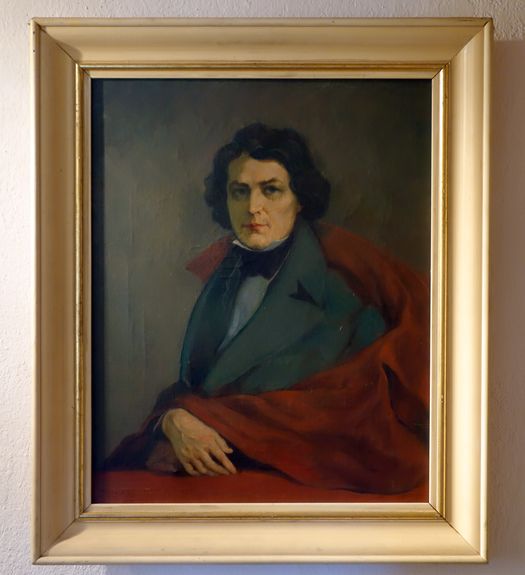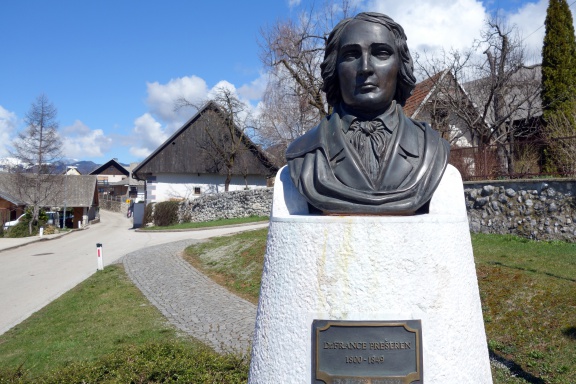Difference between revisions of "Birthplace of France Prešeren"
Anže Zorman (talk | contribs) (Added map) |
Anže Zorman (talk | contribs) |
||
| Line 25: | Line 25: | ||
{{Teaser| | {{Teaser| | ||
| − | {{Wide image|Preseren | + | {{Wide image|Franc Ksaver Zajec 1865 Dr France Preseren.jpg}} |
The Vrba [[Birthplace of France Prešeren|village house Pr' Rib’ču]] (At the fisherman’s) in which Romantic poet [[France Prešeren]] (1800–1849) was born was restored in period style and opened as a museum in [[Established::1939]]. | The Vrba [[Birthplace of France Prešeren|village house Pr' Rib’ču]] (At the fisherman’s) in which Romantic poet [[France Prešeren]] (1800–1849) was born was restored in period style and opened as a museum in [[Established::1939]]. | ||
Revision as of 16:31, 16 May 2017
Background
Vrba is one of the oldest villages at the foot of Stol mountain, inhabited by peasants whose additional sources of income used to be trade and transportation with wagons and pack-horses. When the Prešeren house was originally constructed in the 16th century it was mostly made of wood, with only the basement, hall and barn made of stone. After a fire in 1856 the house was rebuilt. It was bought and arranged into a memorial museum in 1939 following an initiative of another native, priest and writer Fran Saleški Finžgar (see Birthplace of Fran Saleški Finžgar).
The house was one of the first Slovene protected cultural monuments and remains an interesting monument of vernacular art. The building has an entrance hall with a staircase, a so-called "black kitchen" (črna kuhinja) and a cellar. Two memorial plaques are built in the entrance façade, commemorating the birth of France Prešeren and Archbishop Anton Vovk (1900–1963).
Collection
The rooms of the house contain furniture and domestic artefacts dating back to the 19th century. The most important piece of furniture is the poet's cradle. In 1985 the historical significance of the house was increased by the addition of translations of poems by France Prešeren, including 84 mutually-exclusive publications of Poezije and a range of literature on Prešeren's life and work. On 3 December 2000 a new exhibition on the life and work of France Prešeren was installed.
In front of the house stands a bust of Prešeren's first sculptural depiction, modelled in 1865 by academic sculptor Franc Ksaver Zajec. It was erected in Vrba in 2000 at the 200th anniversary of Prešeren's birth.
See also
- Prešeren House
- Prešeren.net
- Birthplace of Matija Čop
- Birthplace of Fran Saleški Finžgar
- Birthplace of Janez Jalen
External links
- Birthplace of France Prešeren web page (in Slovenian)
- Prešeren's legacy on Gorenjska Museum website
- France Prešeren on Wikipedia
- France Prešeren's digitalised poetry on Wikivir (in Slovenian)



